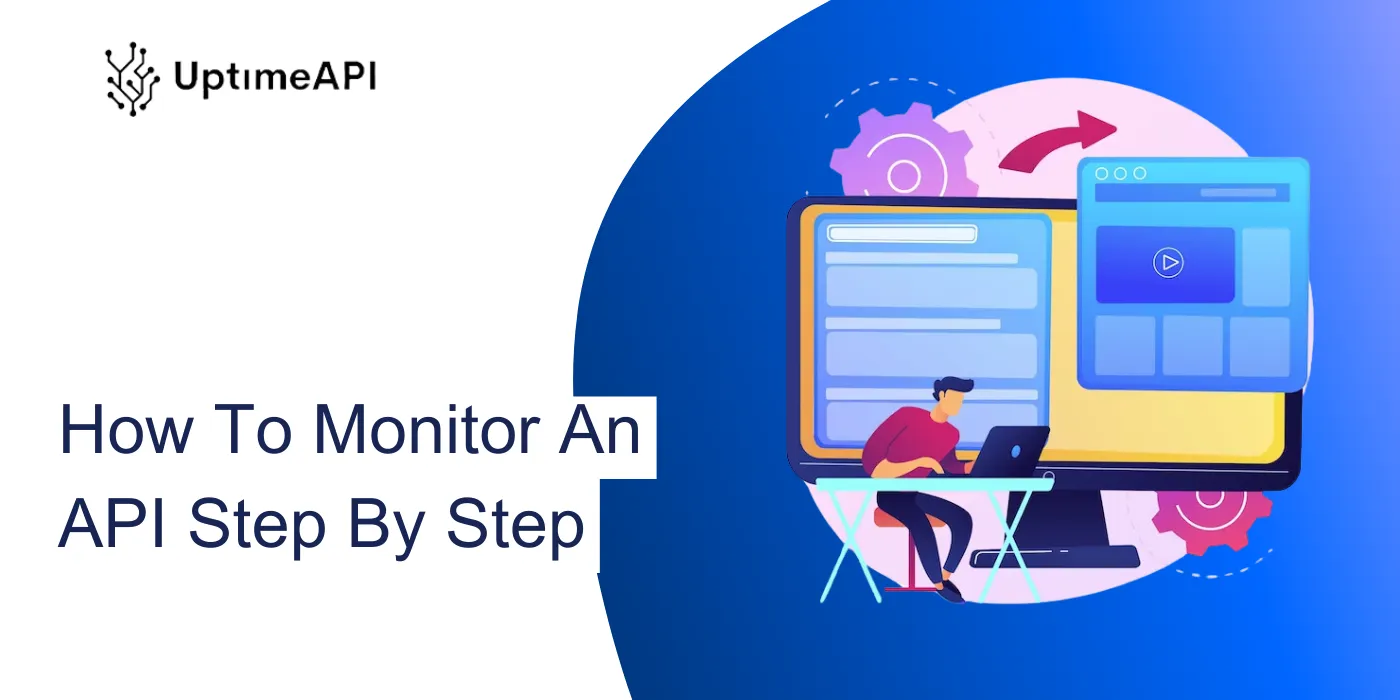How To Monitor An API Step By Step

In today's digital age, APIs (Application Programming Interfaces) play a crucial role in connecting different software systems and enabling seamless communication between them. Monitoring the performance and uptime of APIs is essential for ensuring the smooth functioning of applications and delivering a seamless user experience. In this blog post, we will guide you through the step-by-step process of monitoring an API using UptimeAPI, a reliable and user-friendly monitoring tool.
Why API Monitoring is Important
Before delving into the monitoring process, let's understand why monitoring APIs is crucial. APIs serve as the backbone of modern applications, enabling them to interact with each other and exchange data. Any downtime or performance issues with an API can have a ripple effect on the entire system, leading to service disruptions, poor user experience, and potential revenue loss.
By monitoring APIs proactively, you can:
Ensure Reliability
Monitoring helps you track the uptime and performance of your APIs, allowing you to identify and address issues before they impact your users.
Optimize Performance
Monitoring metrics such as response times and error rates can help you optimize the performance of your APIs and improve overall system efficiency.
Enhance User Experience
By detecting and resolving issues promptly, you can ensure a seamless user experience and build trust with your customers.
Step 1: Sign Up for UptimeAPI Account
The first step in monitoring an API with UptimeAPI is to sign up for an account on their website. Visit the UptimeAPI website and click on the "Sign Up" button to create your account. Fill in the required details, such as your name, email address, and password, to complete the registration process.
Step 2: Add API Endpoint to Monitor
Once you have created your UptimeAPI account, log in to the dashboard using your credentials. Navigate to the "Monitors" or "Add Monitor" section, depending on the interface layout. Click on the "Add Monitor" button and enter the details of the API endpoint you want to monitor, such as the URL and monitoring frequency.
Step 3: Set Up Monitoring Preferences
After adding the API endpoint, you can configure monitoring preferences to customize your monitoring setup. Specify parameters such as the monitoring interval, alert notifications, and performance thresholds based on your monitoring requirements.
Step 4: Monitor API Performance
With the API endpoint added and monitoring preferences set up, UptimeAPI will start monitoring the performance of your API. You can view real-time data on uptime, response times, and error rates through the UptimeAPI dashboard.
Step 5: Receive Alerts and Notifications
In the event of downtime or performance issues with your API, UptimeAPI will send alerts and notifications to keep you informed. You can choose to receive alerts via email, SMS, or integrations with popular communication tools.
Step 6: Analyze Monitoring Data
Utilize the monitoring data provided by UptimeAPI to analyze the performance trends of your API over time. Identify patterns, anomalies, and areas for improvement to enhance the reliability and efficiency of your API.
Conclusion
Monitoring an API is essential for maintaining the reliability, performance, and user experience of your applications. By following the step-by-step process outlined in this blog post and leveraging a reliable tool like UptimeAPI, you can ensure proactive monitoring of your APIs and mitigate potential issues before they escalate. Start monitoring your APIs today with UptimeAPI and stay ahead of performance challenges.